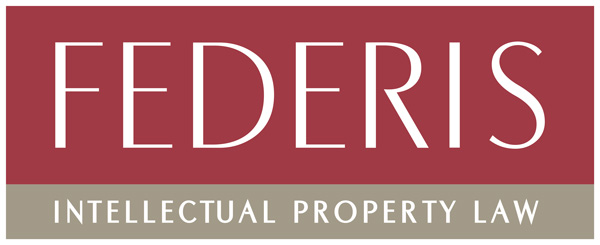In a meeting with technology investors in San Francisco, California, late last year, Philippine President Ferdinand Marcos Jr vowed the readiness of the Philippines to embrace AI, and invited technology companies to become partners as the country braces for the so-called industrial revolution 4.0. While the country’s National AI Strategy Roadmap has been in place since 2021, AI adoption has been slow relative to the rest of the Asia-Pacific.
Nonetheless, recent research conducted by Cisco shows that 98% of surveyed organisations in the Philippines deem the need to roll out AI-backed tools as urgent – 61% pointed to the need to adopt the technology now or be left behind. The “innovate or die” stories of Kodak and Nokia come to mind.

Associate
Federis & Associates Law Offices
While we are yet to see how the unstoppable train that is generative AI will ram or revolutionise various industries, one particular concern is the effect of generative AI on copyrighted works. Generative AI, such as ChatGPT, can produce text, images, music and videos, as well as formulate “decisions”, using data that is often copyright protected. This poses challenges, such as discerning authorship and attribution. Complaints and occurrences of infringement are expected to rise.
The fair use antidote is central to copyright law. Experts suggest the further incorporation of the fair use doctrine upfront, that is, in the AI algorithm itself – known as “algorithmic fair use”. However, this presents challenges. Programmers would need to have a deep understanding of the fair use concept so that they can embed the same in their code. There is also the danger that this would create considerable biases (Burk, 2019). As generative AI technology is yet in its early or “unfair” form, it is imperative for end users to ensure fair use is observed over the whole creative process.
The challenge is that the fair use concept is not as straightforward for many regular Filipino creatives such as writers, educators, digital artists, content creators, etc., who now have sudden access to a wealth of AI-generated works. The Intellectual Property Office of the Philippines (IPOPHL) recently released the Guidelines on Statutory Fair Use 2024, to provide clarity and guidance in better understanding of fair use and copyright.
The concept of fair use has its roots in English common law. It evolved within American jurisprudence, and was codified into the US Copyright Act of 1976. The US provisions were substantially adopted into the IP Code. Section 185 provides for the “general fair use” principle, which states that the following factors should be considered: (1) Purpose and character of use; (2) Nature of the copyrighted work; (3) Amount and substantiality of the portion used in relation to the copyrighted work; and (4) Effect of use on the potential market or value of the copyrighted work. The IP Code identifies uses that are deemed fair use, such as criticism, comment, news reporting, teaching, scholarship and research. The list is not exhaustive.
In reviewing the purpose and character of the usage of the copyrighted work, the Philippine Supreme Court, in ABS-CBN v Gozon et al (11 March 2015) held that the “transformative test” is generally used to determine whether the reproduction of the work adds “new expression, meaning or message” that ultimately transforms the copyrighted work into something else. Meanwhile, in the Harper case, the US Supreme Court held that the fourth factor is the most crucial aspect of fair use, and that the same is constrained to the use of works by others in a manner that does not significantly impair the market potential of the copied work.
Hence, works predominantly created by AI without adding transformative elements will fail under the fair use provisions. And even if the work is transformative, if the copied work will adversely affect the potential market of the original work, there is still infringement. In the ABS-CBN case, the court held that lack of intention to infringe was not a defence against an infringing action.
Quoting IPOPHL director general Rowel Barba: “Fair use … allows artists to produce versions of music, authors to quote from novels and educators to enhance learning materials. By striking a balance between protection and access, fair use fosters a vibrant cultural ecosystem.” Amid the increasing prevalence and acceptance of generative AI use, the fair use doctrine, being an integral and essential aspect of copyright law, is anticipated to take a more central role.
Ernest Luigi A Manzanares is an associate at Federis & Associates Law Offices in Makati City

Federis & Associates Law Offices
Suites 2004 and 2005
88 Corporate Centre
Valero corner Sedeño Streets, Salcedo Village
Makati City 1227
www.federislaw.com.ph
Contact details:
T: +63-28889 6197/98
E: emanzanares@federislaw.com.ph

























